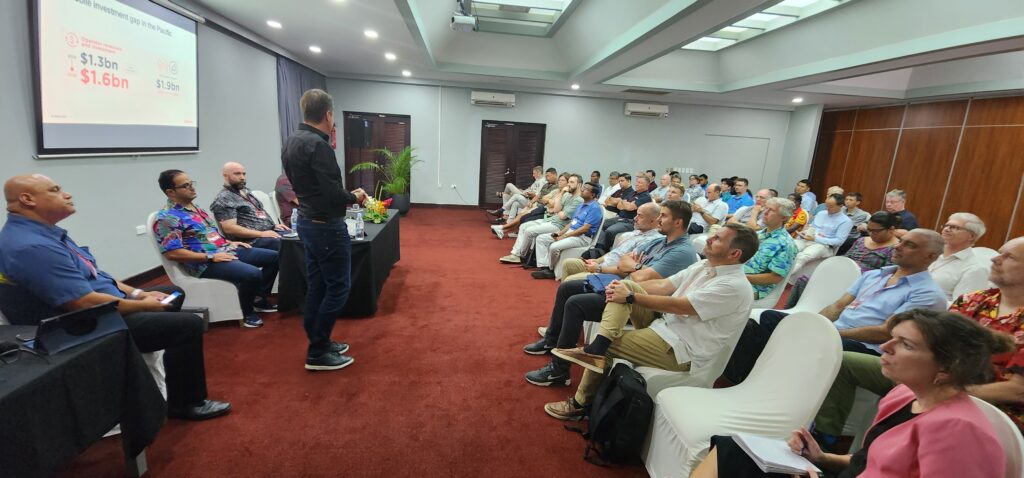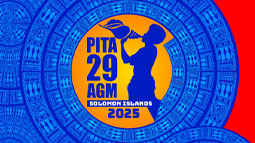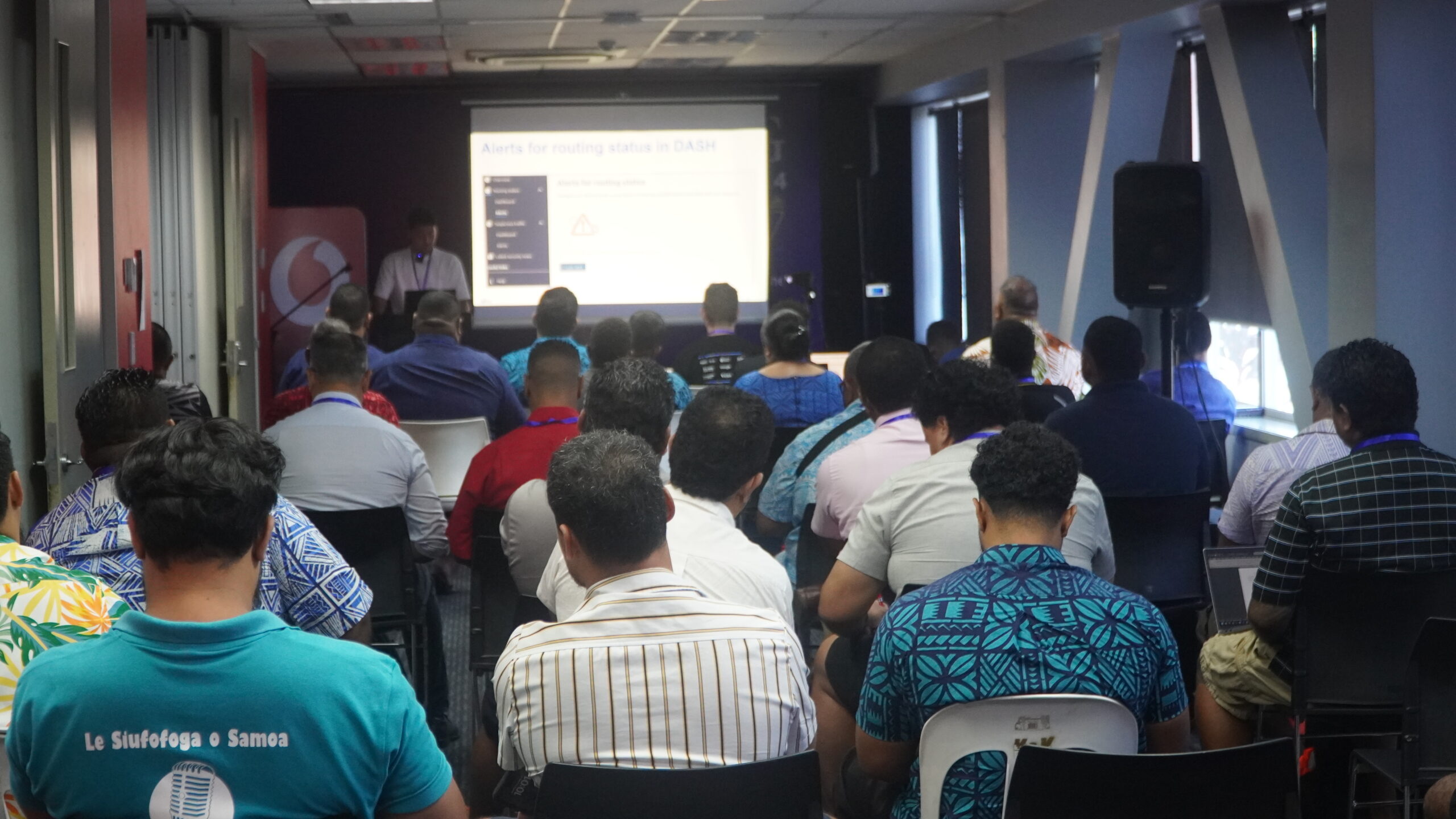Open RAN prospects for sustainable digital future
May 8, 2024While Open RAN isn’t a novel concept, its implementation poses a myriad of both advantages and challenges in the current telecom landscape, particularly for Small Island Developing States (SIDS). As telecom companies in the SIDS sector navigate this terrain, they find themselves weighing the scales of innovation against practicality for a sustainable digital future.
These sentiments and key talking points dominated the breakout session on Open RAN and 5G at the PITA 28 AGM Business Conference and Expo 2024, held in Vanuatu from April 29th to May 2nd, 2024.

One of the significant advantages lies in the flexibility Open RAN offers. Companies can mix components from different manufacturers, harnessing the innovative spirit for which the Pacific Islands are renowned. This approach allows them to address issues swiftly with readily available, cost-effective, and robust solutions.
However, the path to seamless interoperability isn’t without hurdles, especially concerning the involvement of major industry players. While the promise of full openness is tantalizing, the reality may not match expectations with a list of limited players so far. Telecom companies may be forced to remain with single player that may have key components not suitably designed for the special needs of the region, often proving prohibitively expensive.
Moreover, concerns arise regarding the requisite skill sets and troubleshooting involved in managing a multi-equipment ecosystem. The complexities inherent in such a setup would necessitate clear demarcation with regulatory intervention and substantial investment in training and resources, posing additional challenges for SIDS telecom operators.
As the debate surrounding Open RAN continues, stakeholders in the Pacific telecom sector remain cautiously optimistic, aiming to learn from the experiences of Palau, which has already commenced the process towards Open RAN




